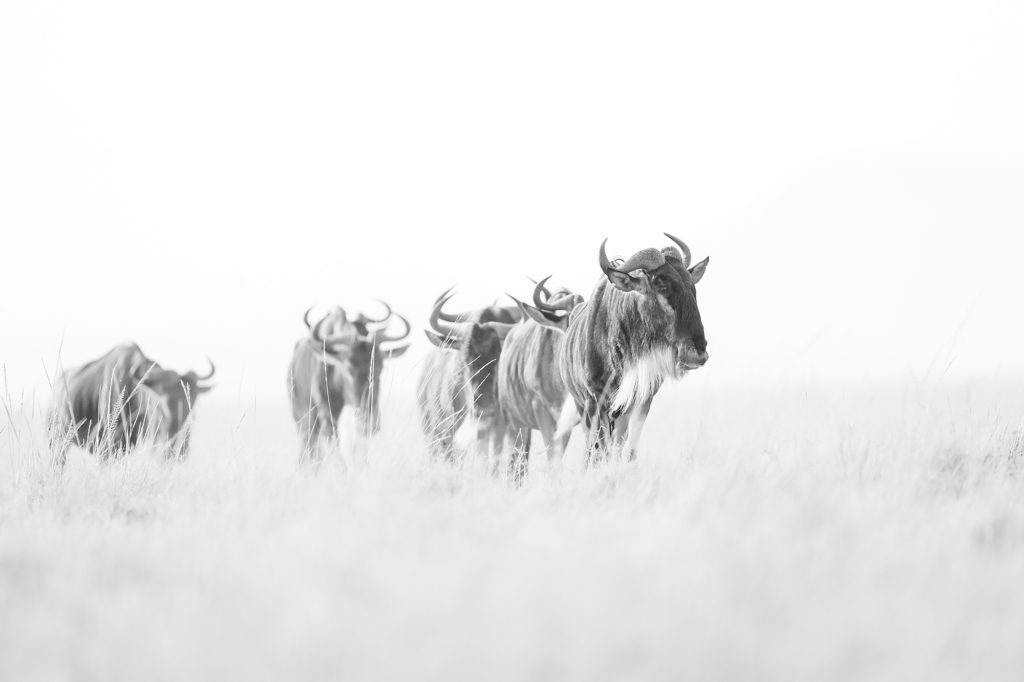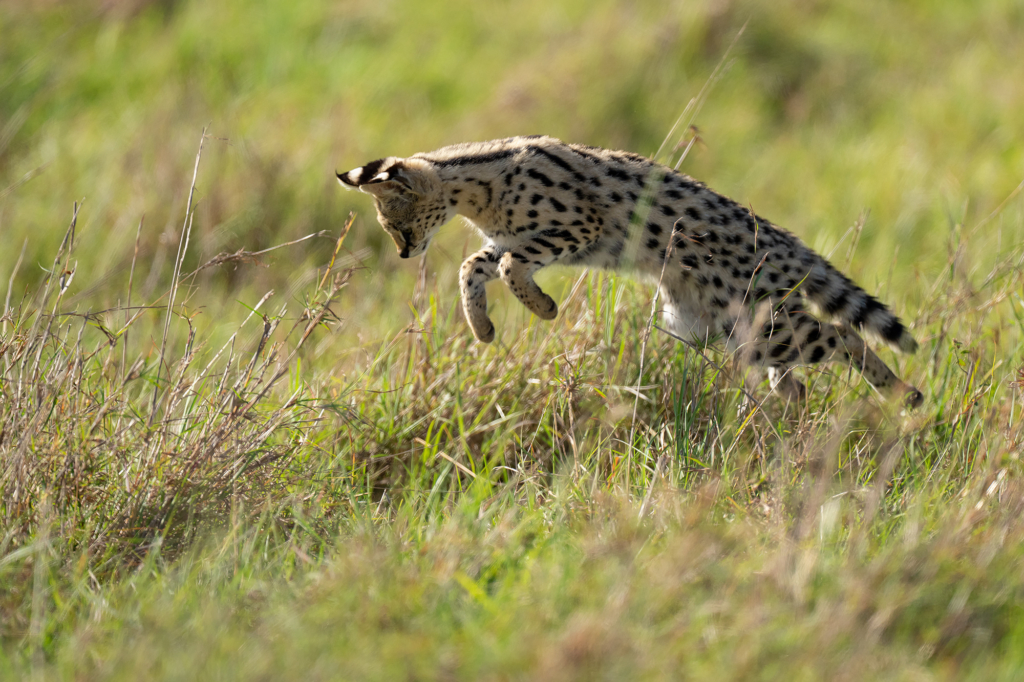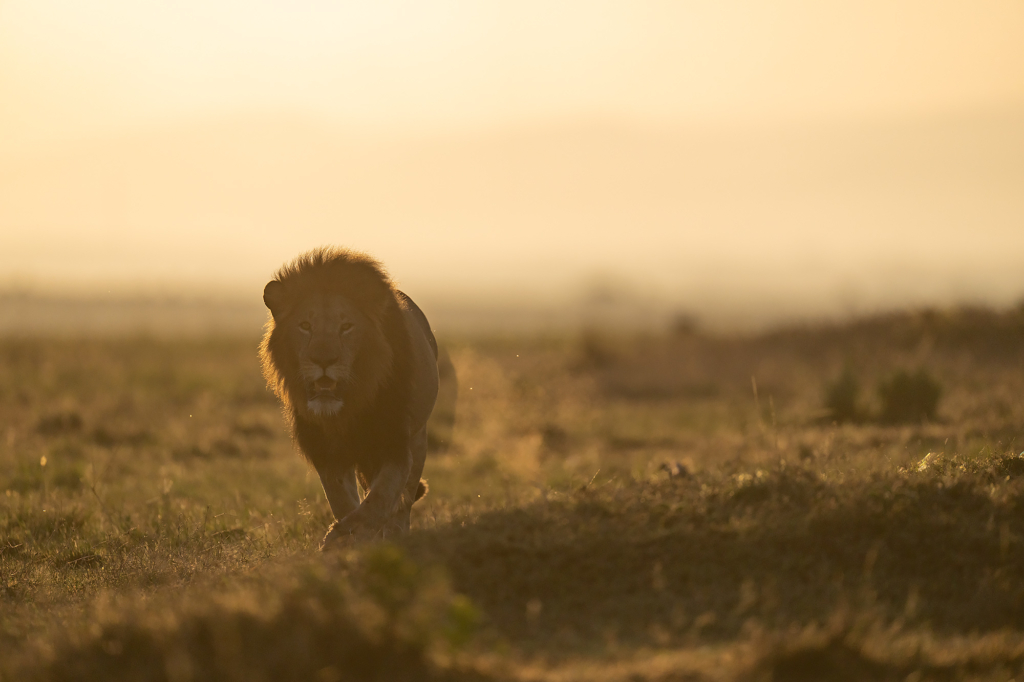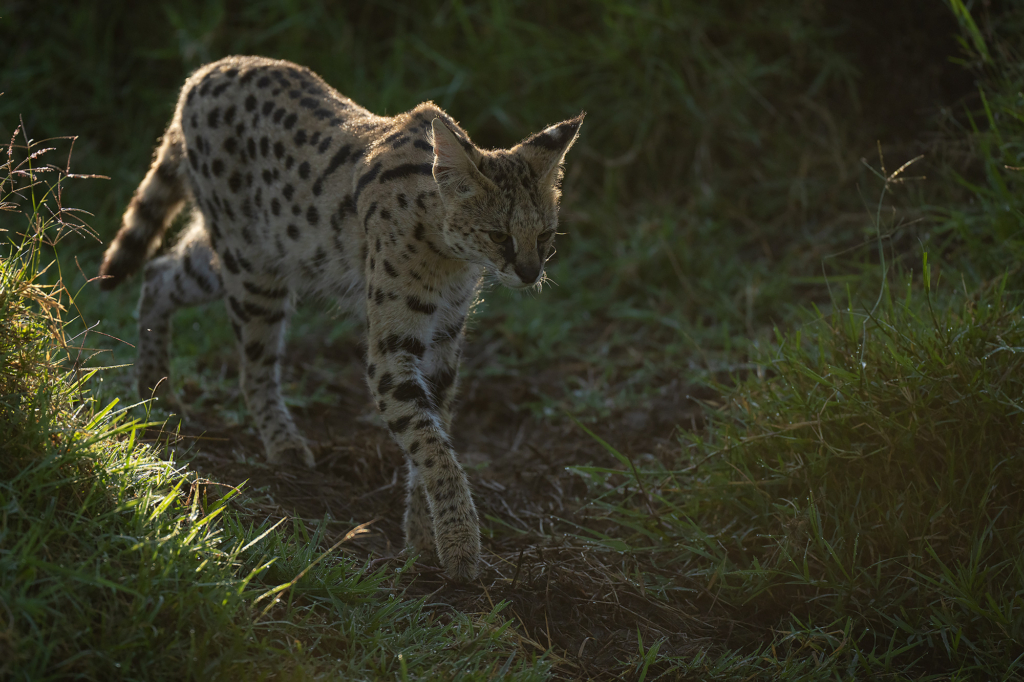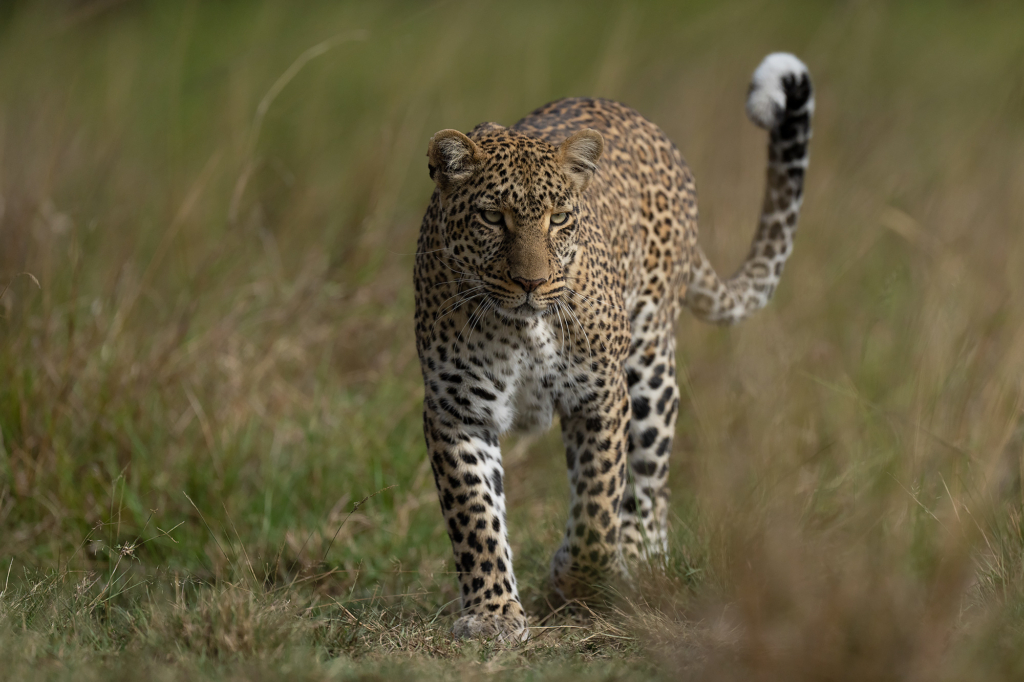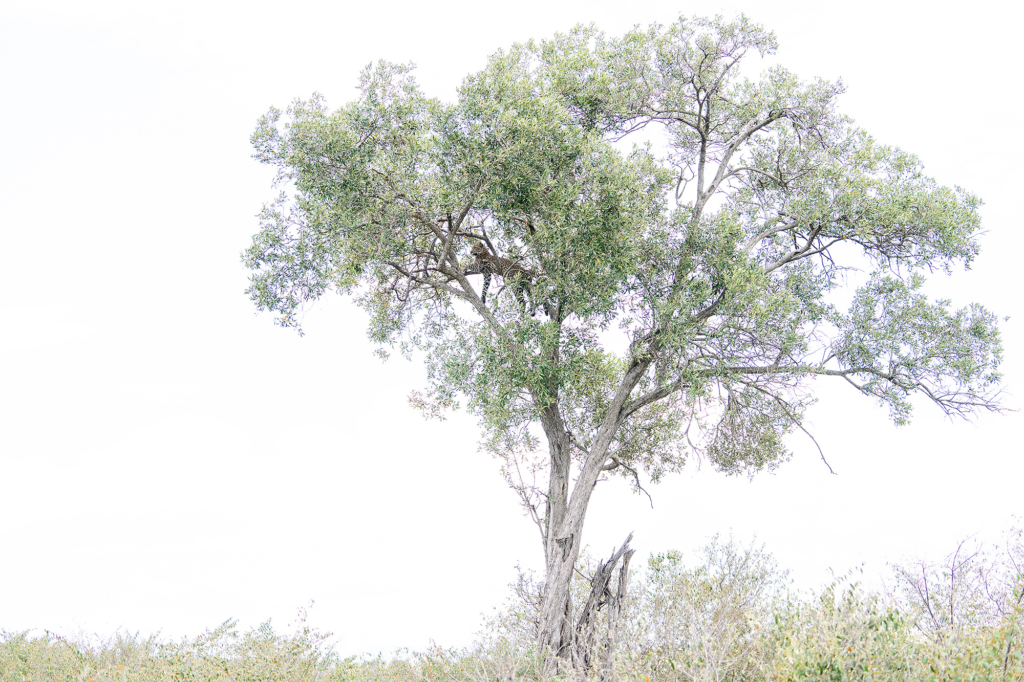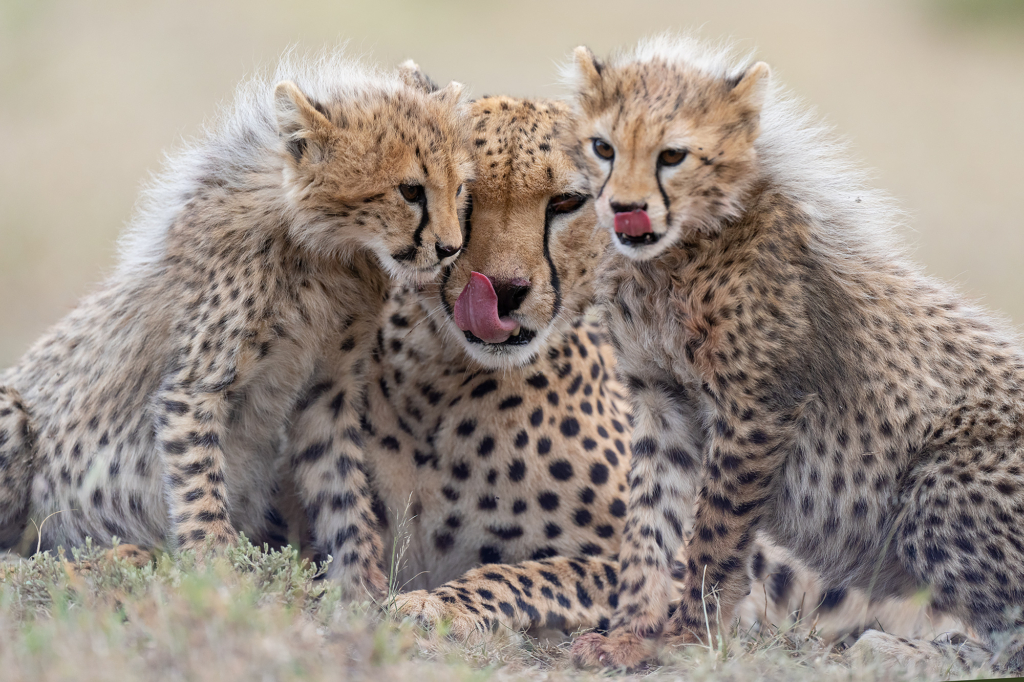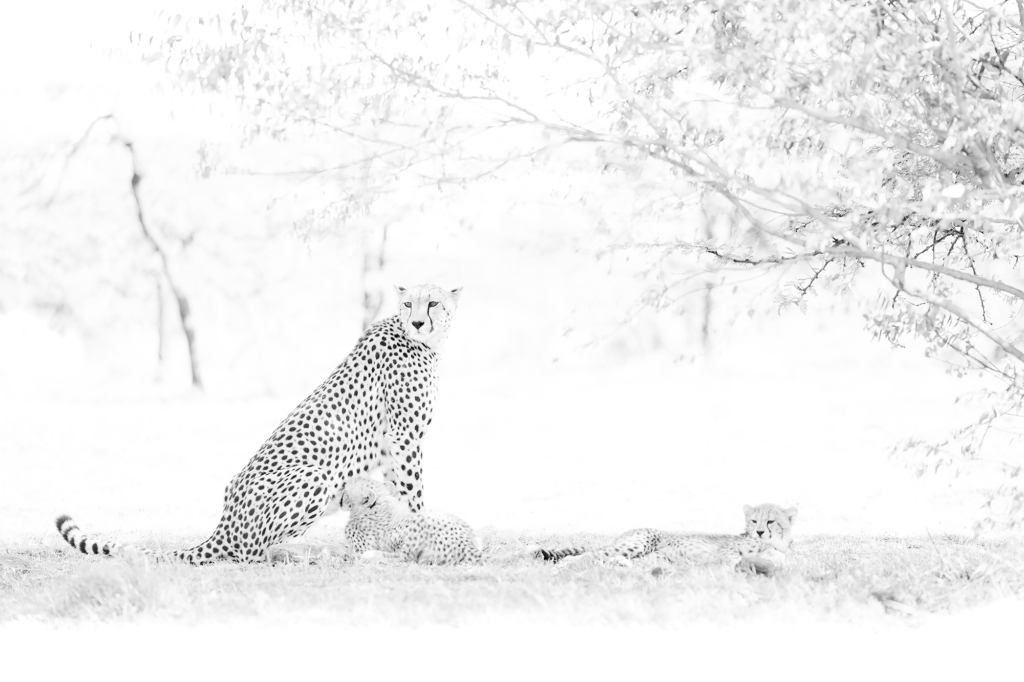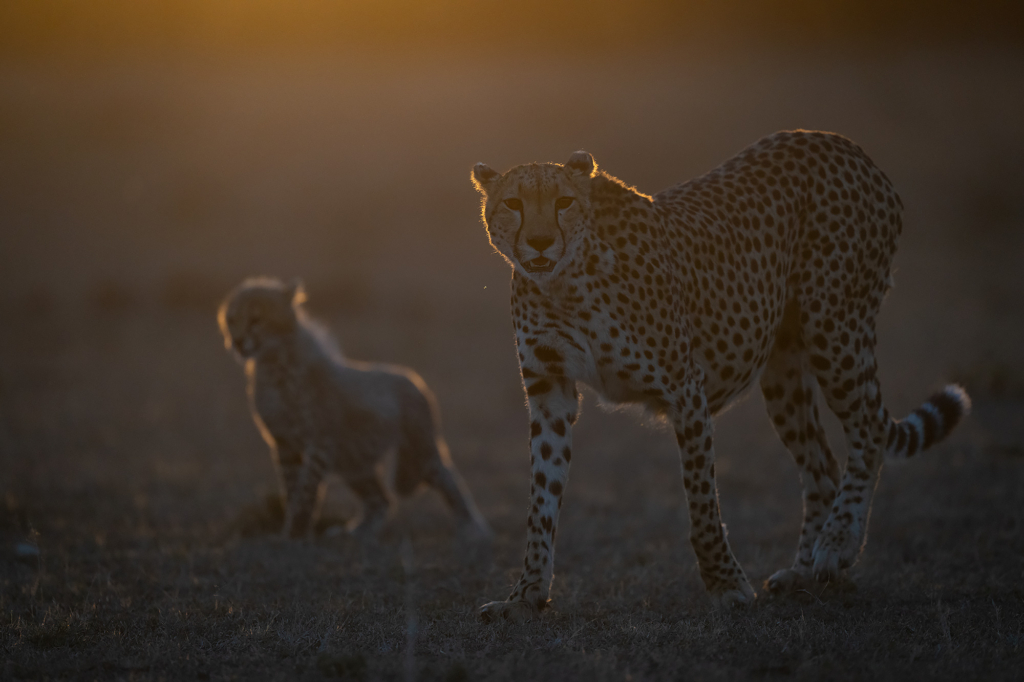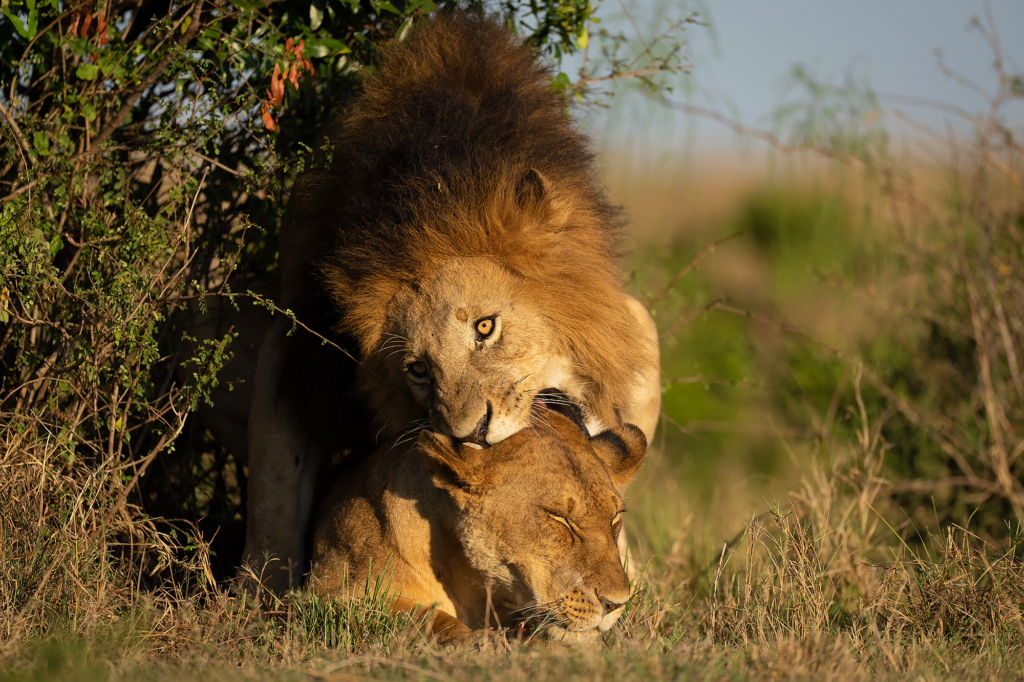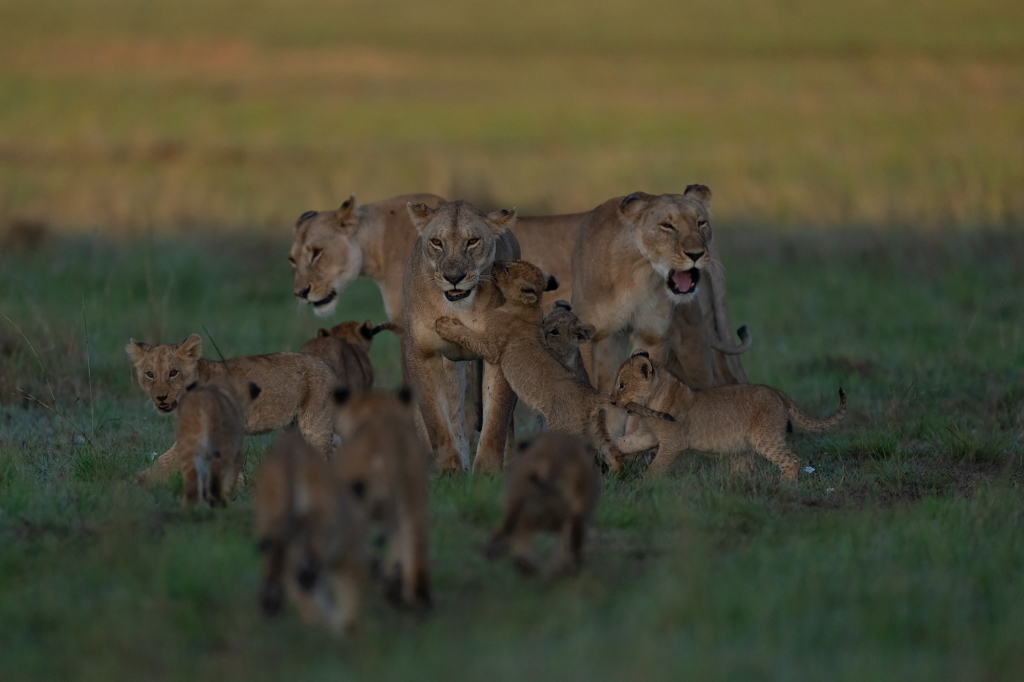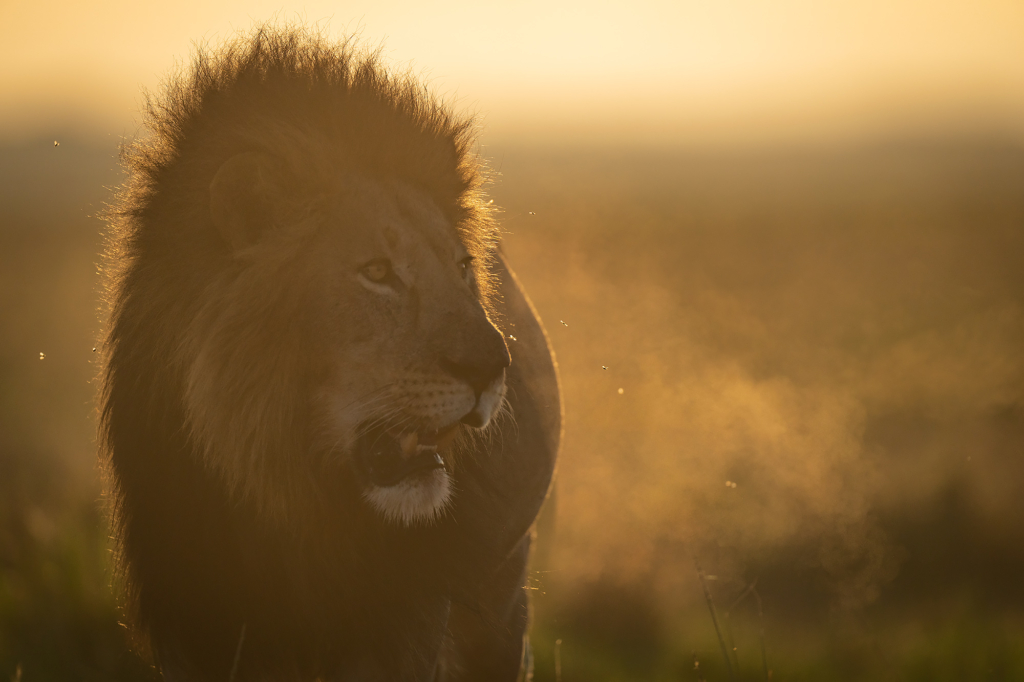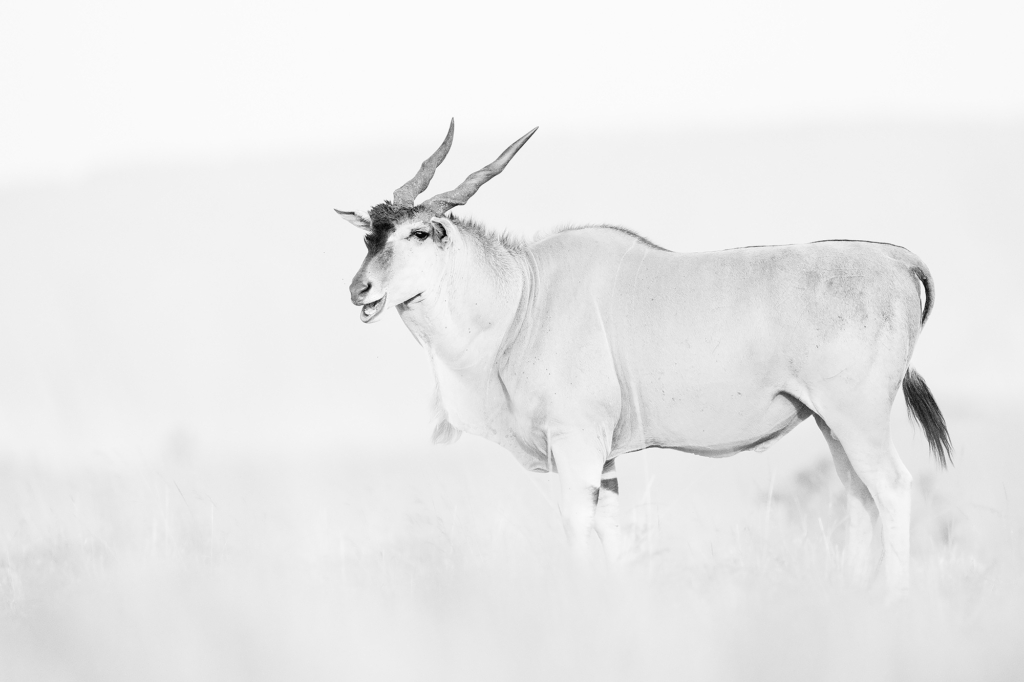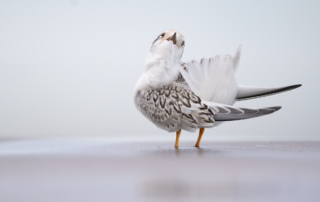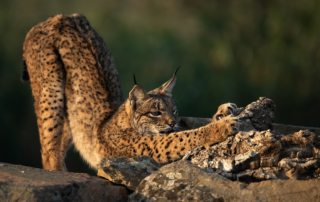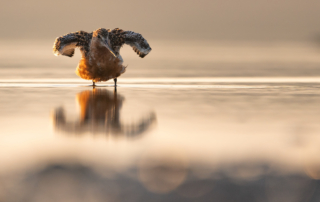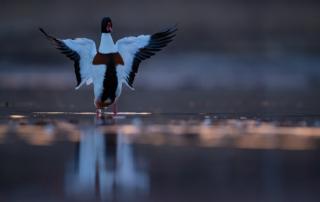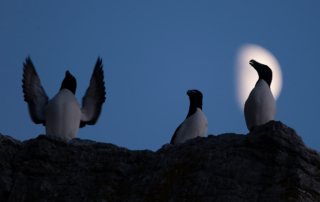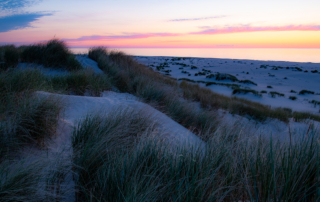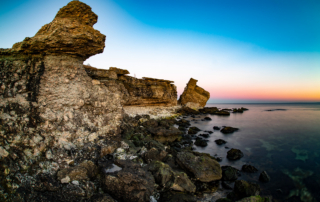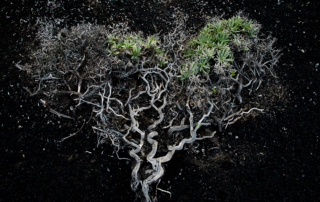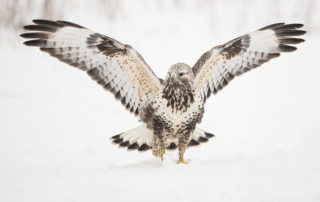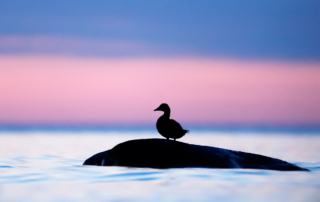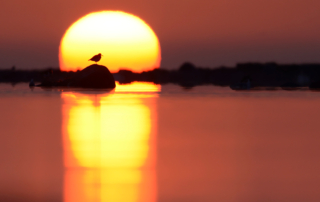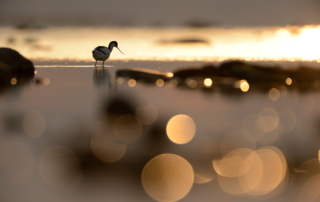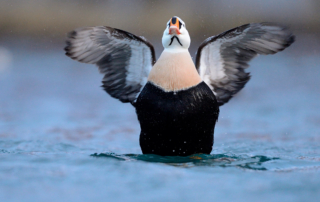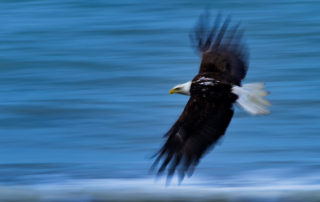EXTEND YOUR JOURNEY WITH THE TOUR – ELEPHANTS AT THE FOOT OF KILIMANJARO – AMBOSELI NATIONAL PARK, KENYA
18th – 22nd JANUARY 2025. READ MORE HERE…

The sun sets on the horizon and the sky turns orange. A group of antelopes and zebras wanders across the large wide grass savannah, we have positioned ourselves so that we can photograph the migrating animals in silhouette against the glowing African evening sky. Slowly a giraffe moves towards an acacia tree and when it stops to graze we have the picture ready and in unison we let our cameras immortalize this classic African motif.
Later at dinner in our tent camp, we can hear Masai Mara lions roaring in the dark night in the distance. Expectations for the morning’s game drive are rising, what will we experience and photograph. If we perhaps find the lion or the more shy leopard lying in a tree, regardless of this, we know that the Masai Mara will also offer us unforgettable photo opportunities of both animals, birds and landscapes tomorrow.
MASAI MARA
The Masai Mara is located in southwestern Kenya and is one of the best areas in all of Africa for viewing and photographing African wildlife. Together with the Serengeti National Park in Tanzania, the Masai Mara forms one of the world’s most spectacular ecosystems with perhaps the largest concentration of animals in the entire world. Here you can find “the big five” – elephant, lion, leopard, rhinoceros and buffalo – but also cheetah, zebra, various species of antelope and gazelle, giraffe, hippopotamus and crocodile to name a few species. Added to this is a rich bird life, but over 400 species. All these animals and birds together with the landscape make the area a great photo destination.
PHOTOGRAPHIC LEARNING
During the tour, our photographic leader will constantly give you photographic advise based on your prior knowledge and level. The guidance in the field is completely adapted to you and your needs. In addition to this, we will also have theoretical sessions where we talk about different photo techniques that we will use during the tour.
The photographic education is adapted to the knowledge of the group and the individual, but we will also see to what photographic opportunities may arise during the trip. During our days in the Masai Mara, we will focus on photographing Africa’s big cats. Lions, leopards and cheetahs are very common in the areas we move through in the Masai Mara Nature reserve.
Despite our focus on the big cats, we will not give up good photo opportunities on “more common” species. Although the “migration” is not in the Masai Mara in January, grazing animals and birds are abundant here. We will work a lot with the “image” and try to create as nice and varied portfolio from the Masai Mara as possible. At sunrise and sunset we look for opportunities to photograph the Masai Mara wildlife against the colorful and often dramatic African sky. In addition, we will cover various techniques on how you can create movement in your images by e.g. to use panning as a method.
Itinerary
Day 1 23/1 (Lunch – Dinner)
Transport by bus from Nairobi to Aitong in the morning where we are met by our Masai guides for further transport to our tent camp. After arriving at our tent camp, will we get lunch and then get ready for our first game drive. Back in the tent camp after dark.
Day 2–6 (24 – 28/1) (Breakfast – Lunch – Dinner)
During the days in Masai Mara will we do a full-day game drives (breakfast and lunch are eaten outside in the park). We travel by jeep in the Masai Mara and are constantly looking for motifs. We have permits to drive off-road to increase our photo opportunities.
Day 7 (29/1) (Breakfast – Lunch)
Morning game drive in the same way as before. After lunch will we drive to Aitong for further transport by bus Nairobi. The tour ends at Jomo Kenyatta Airport.
Photographic leader
Magnus Martinsson, born in 1964, is a photographer, writer and natural geographer, living on Gotland since 1988. Since then, he has devoted himself to nature conservation issues in the profession. His interest in nature and photography has taken him on a large number of trips around the world and also given him deep knowledge of the Gotland homeland. Magnus contributes in various ways to conveying his knowledge to a broad public. He is a frequently engaged lecturer, excursion and travel leader. Magnus Martinsson is responsible for photos and text in a wide range of publications. As a member of the Naturfotograferna, he is one of the leading nature photographers in the country.





